#nature news
Photo



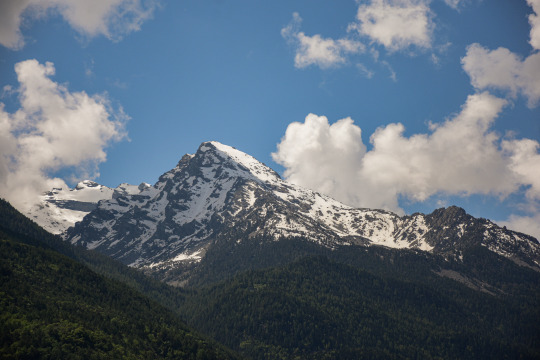



Non ci sono regole di architettura per un castello tra le nuvole.
E come un borgo abbandonato fra le nubi a se stesso con una storia storica dietro
#castle#naturepower#naturepics#nature lovers#nature news#nature#landschapsfotografie#landscape#landslide#land#valle#d'aosta#panoramix#panoramique#panoramiitaliani#panoramic#panorami#photography#photooftheday#original photographers#photographers on tumblr#photo of a photo#photooftheweek#nubi#tropical storm#stormlight archive#storm#darkness#darkwave#dark academism
4 notes
·
View notes
Text
Happy New Year 2024 from Korea.
Year of the 🐲🐉!
#Seoul#korea#happy 2024#new year#drone show#drone#fireworks#amazing#video#viral#3d#technology#🎇#nature#space#Star#night#earth#awesome#tumblr#hd#dragon#dragon year#chinese#tradition#art#love#moon#animal
97K notes
·
View notes
Text

practise disappearing
#:) hi to all the new ppl I havent greeted!#indie comic#artists on tumblr#comics#illustration#cute art#comic strip#original comic#sighcomics#webcomic#my art#healing#hugged by nature#mental health#cartoon#comic art#wellbeing#art#soft aes#art of the day
37K notes
·
View notes
Text
having a child has taught me that every toddler is completely justified in their frustrations and tantrums because learning how to do something you have literally never encountered or heard of before is insane. and being expected to be completely calm in the face of this constant barrage of overwhelming information is doubly insane.
i got charlie a sticker activity book and it occurred to me i have to TEACH someone how to unpeel stickers. it's SKILL that requires DEXTERITY and FINE MOTOR ABILITY. i thought it was obvious that you have to curl the page a little bit to create a break in the cut so the sticker comes up.
obviously a fucking BABY wouldn't know that because they have no background experience to inform their thought process. OBVIOUSLY. and OBVIOUSLY the LITERAL BABY wouldn't get it right the first few times. it would OBVIOUSLY take practice. lots of it.
i hate this feeling. it's so obvious. why are children treated so badly when they're learning everything for the first fucking time. why do people treat children so horribly and expect so much. they're brand new. why didn't i get the same grace i give to my child? why did no one have patience for me? why, when it's this easy?
it's so easy. it's so fucking easy.
#ok2rb#op#babbyposting#apologizing to my child is second nature#i'm brand new at it too#obviously im gonna fuck up here and there#its only right to apologize#why did no one ever apologize to me#not until it was too late
65K notes
·
View notes
Text
Pair of Endangered Corpse Flowers Defy Odds to Bloom at Same Time–Now Bearing 700 Seeds https://www.goodnewsnetwork.org/pair-of-endangered-corpse-flowers-defy-odds-to-bloom-at-same-time-now-bearing-700-seeds/
34K notes
·
View notes
Text

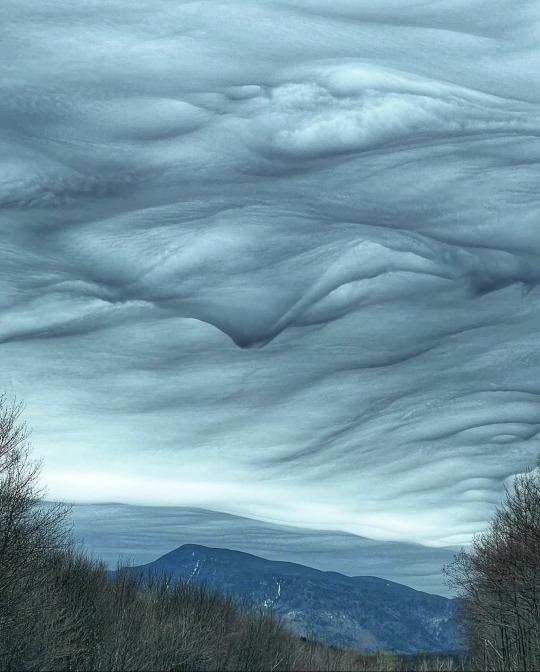
Undulatus Asperitas clouds seen over New Hampshire (2023)
45K notes
·
View notes
Text
Follow for more ❤️
Click This For Powerfull Necklace ❤️
#memes#meme#cute#jokes#dank memes#funny#love#nostalgia#lol#humor#haha#puns#photographers on tumblr#photography#pets#aesthetic#animals#anthropology#kawaii#art on tumblr#art#artists on tumblr#cats of tumblr#cats#wholesome#writers on tumblr#writing#nature#goth#news
18K notes
·
View notes
Text
zany to me how these um actually nihilists like to pretend that "um actually love/friendship/cooperation/kindness isn't real bc we evolved that way to benefit ourselves as a species..." um YES? that's also where tool use comes from? that's where cooking comes from? am i supposed to think social bonds & tool use & cooking aren't "real" because they evolved over time instead of appearing fully formed from the ether?
sorry u can't enjoy things. im a superior being twirling a fork in my bowl of delicious noodles whilst staring in adoration at the world
#'love isn't real it's a chemical reaction'#hon i got news for u about chemical reactions and the nature of existence#'we evolved social bonds to benefit ourselves' so you agree?#you agree that social bonds are helpful and important enough that they literally shaped the history of human evolution?#i do not think u are saying. what u think u are saying.
16K notes
·
View notes
Text

#awesome#animal#animals#science#wholesome#aww#cute#landscape#paradise#nature#adventure#explore#travel#travelling#memes#news
17K notes
·
View notes
Photo



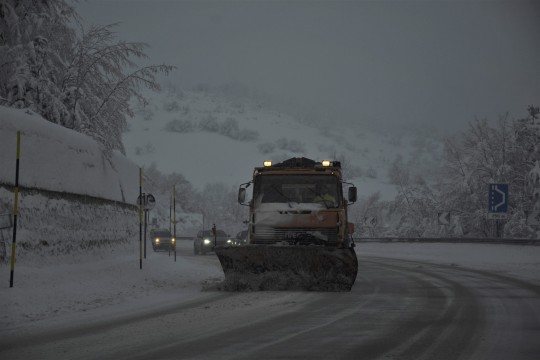


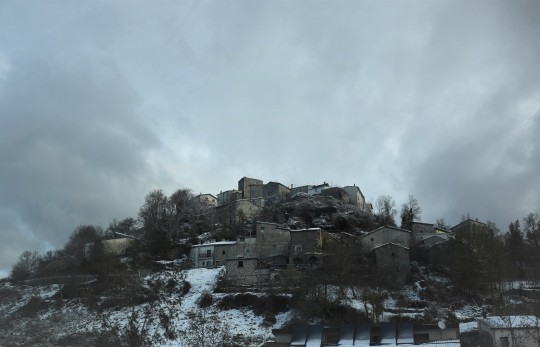

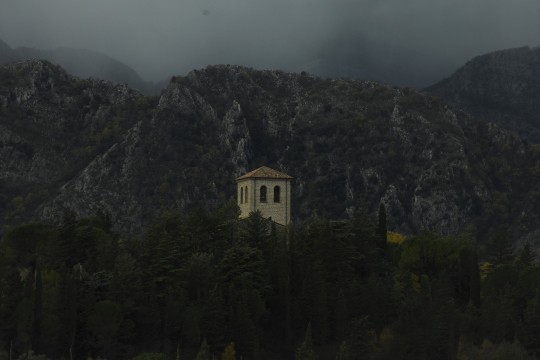
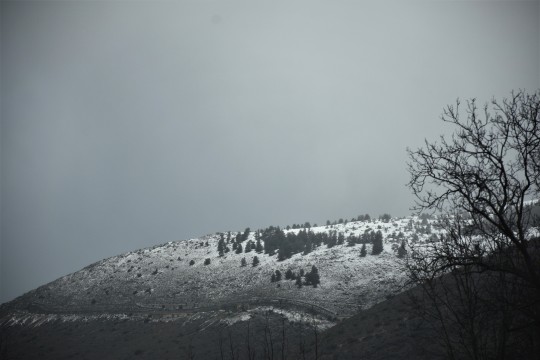
“Do what you can, it’s never too late”
#darkness#darkwave#dark#snowglobe#snowtombedstar#snow#trees#forestdark#forest#nature news#nature lovers#nature#naturepics#naturepower#natureporn#nature portrait#nature photo art#nature photopragpy#nature photoshoot#film photography#photography#film edit#beautiful#nikongallery#nikon#nikond7200#original photographers#photooftheday#photographers on tumblr#roccaraso
2 notes
·
View notes
Text
As relentless rains pounded LA, the city’s “sponge” infrastructure helped gather 8.6 billion gallons of water—enough to sustain over 100,000 households for a year.
Earlier this month, the future fell on Los Angeles. A long band of moisture in the sky, known as an atmospheric river, dumped 9 inches of rain on the city over three days—over half of what the city typically gets in a year. It’s the kind of extreme rainfall that’ll get ever more extreme as the planet warms.
The city’s water managers, though, were ready and waiting. Like other urban areas around the world, in recent years LA has been transforming into a “sponge city,” replacing impermeable surfaces, like concrete, with permeable ones, like dirt and plants. It has also built out “spreading grounds,” where water accumulates and soaks into the earth.
With traditional dams and all that newfangled spongy infrastructure, between February 4 and 7 the metropolis captured 8.6 billion gallons of stormwater, enough to provide water to 106,000 households for a year. For the rainy season in total, LA has accumulated 14.7 billion gallons.
Long reliant on snowmelt and river water piped in from afar, LA is on a quest to produce as much water as it can locally. “There's going to be a lot more rain and a lot less snow, which is going to alter the way we capture snowmelt and the aqueduct water,” says Art Castro, manager of watershed management at the Los Angeles Department of Water and Power. “Dams and spreading grounds are the workhorses of local stormwater capture for either flood protection or water supply.”
Centuries of urban-planning dogma dictates using gutters, sewers, and other infrastructure to funnel rainwater out of a metropolis as quickly as possible to prevent flooding. Given the increasingly catastrophic urban flooding seen around the world, though, that clearly isn’t working anymore, so now planners are finding clever ways to capture stormwater, treating it as an asset instead of a liability. “The problem of urban hydrology is caused by a thousand small cuts,” says Michael Kiparsky, director of the Wheeler Water Institute at UC Berkeley. “No one driveway or roof in and of itself causes massive alteration of the hydrologic cycle. But combine millions of them in one area and it does. Maybe we can solve that problem with a thousand Band-Aids.”
Or in this case, sponges. The trick to making a city more absorbent is to add more gardens and other green spaces that allow water to percolate into underlying aquifers—porous subterranean materials that can hold water—which a city can then draw from in times of need. Engineers are also greening up medians and roadside areas to soak up the water that’d normally rush off streets, into sewers, and eventually out to sea...
To exploit all that free water falling from the sky, the LADWP has carved out big patches of brown in the concrete jungle. Stormwater is piped into these spreading grounds and accumulates in dirt basins. That allows it to slowly soak into the underlying aquifer, which acts as a sort of natural underground tank that can hold 28 billion gallons of water.
During a storm, the city is also gathering water in dams, some of which it diverts into the spreading grounds. “After the storm comes by, and it's a bright sunny day, you’ll still see water being released into a channel and diverted into the spreading grounds,” says Castro. That way, water moves from a reservoir where it’s exposed to sunlight and evaporation, into an aquifer where it’s banked safely underground.
On a smaller scale, LADWP has been experimenting with turning parks into mini spreading grounds, diverting stormwater there to soak into subterranean cisterns or chambers. It’s also deploying green spaces along roadways, which have the additional benefit of mitigating flooding in a neighborhood: The less concrete and the more dirt and plants, the more the built environment can soak up stormwater like the actual environment naturally does.
As an added benefit, deploying more of these green spaces, along with urban gardens, improves the mental health of residents. Plants here also “sweat,” cooling the area and beating back the urban heat island effect—the tendency for concrete to absorb solar energy and slowly release it at night. By reducing summer temperatures, you improve the physical health of residents. “The more trees, the more shade, the less heat island effect,” says Castro. “Sometimes when it’s 90 degrees in the middle of summer, it could get up to 110 underneath a bus stop.”
LA’s far from alone in going spongy. Pittsburgh is also deploying more rain gardens, and where they absolutely must have a hard surface—sidewalks, parking lots, etc.—they’re using special concrete bricks that allow water to seep through. And a growing number of municipalities are scrutinizing properties and charging owners fees if they have excessive impermeable surfaces like pavement, thus incentivizing the switch to permeable surfaces like plots of native plants or urban gardens for producing more food locally.
So the old way of stormwater management isn’t just increasingly dangerous and ineffective as the planet warms and storms get more intense—it stands in the way of a more beautiful, less sweltering, more sustainable urban landscape. LA, of all places, is showing the world there’s a better way.
-via Wired, February 19, 2024
#california#los angeles#water#rainfall#extreme weather#rain#atmospheric science#meteorology#infrastructure#green infrastructure#climate change#climate action#climate resilient#climate emergency#urban#urban landscape#flooding#flood warning#natural disasters#environmental news#climate news#good news#hope#solarpunk#hopepunk#ecopunk#sustainability#urban planning#city planning#urbanism
13K notes
·
View notes
Text

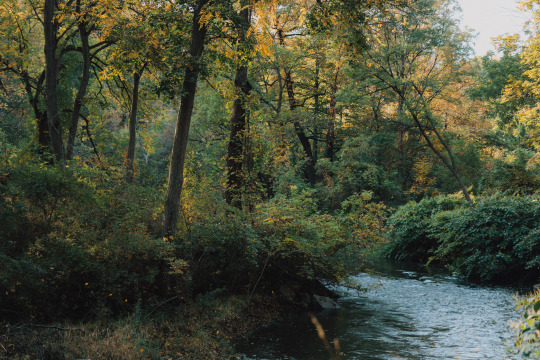
autumn mornings ⋇ 5 oct
#landscape#nature#autumn#forest#photographers on tumblr#original photography#original photographers#new york#2023#canon R6
16K notes
·
View notes
Text
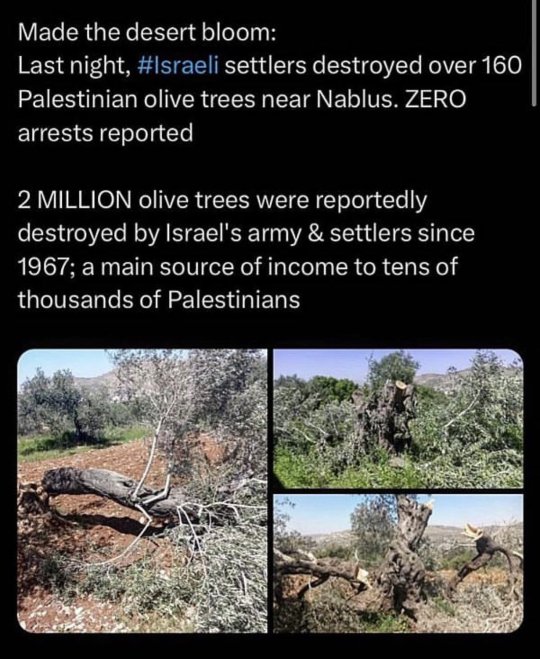

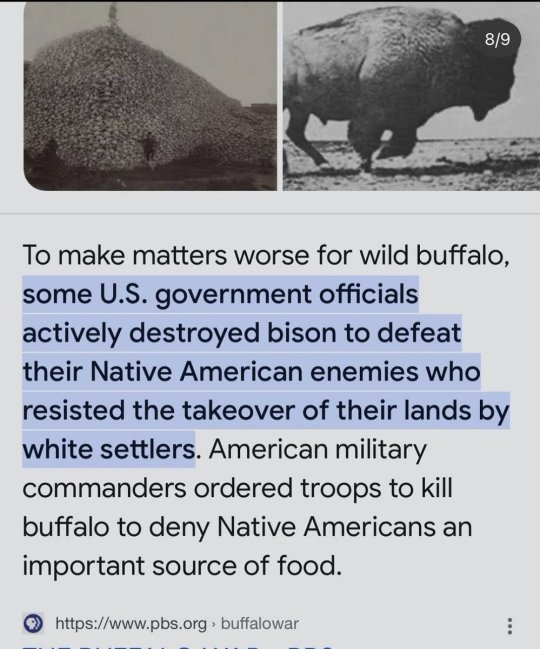
US literally is a teaching guide for war crimes.
#free palestine#politics#news#palestine#west bank#democrats#republicans#trees#botany#nature#native americans#military#woc#poc#women of color#colonialism#colonization#usa
8K notes
·
View notes
Text
I’m reading a paper that uses the term re-transition as opposed to detransition and it crystallised a lot of my problems with the term. detransition implies an ability to return to the “default” “normal” cisgender body that lurks within all of us, just waiting to be re-excavated after a period of intentional (deceitful) burial, and a turning “back” or away from the freakish mutilation and “deviance” of transgender transition to a more natural, more authentic body - a body that can never be transformed, only temporarily cloaked by medicine and social trickery on the part of trans people
#even old new york was once new amsterdam#also positions transgenderism as something you ‘do’ and cisgenderism as something you ‘are’#like the ‘de’ implies a cessation of action at which point you will naturally turn back into a cis person
12K notes
·
View notes
Text


by brittanyeliza.photo
#winter#wintercore#snow#new york#new your city#central park#architecture#exteriors#aesthetic#nature#naturecore#photography#curators on tumblr#up
8K notes
·
View notes
Text
forgot that you can’t add a video to reblogs, but here’s the final cut of my Gandalf Big Naturals cosplay
#wizardposting#gandalf big naturals#gandalf the white#nycc#gandalf big naturals cosplay#tolkein#lotr#shadow wizard money gang#gandalf#winsome’s wailings#tiktok#new york comic con#cosplay
10K notes
·
View notes